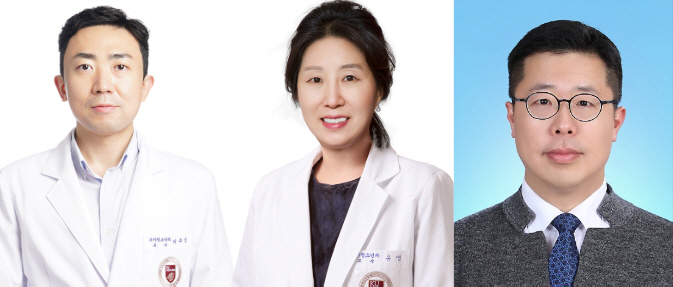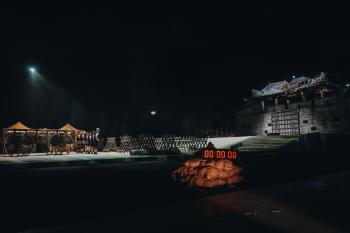Half of asthma patients in many autonomous districts in Seoul's downtown park...Forest Fungal Air Vaccine Role
Nov 20, 2025
|
From January 2020 to May 2021, a research team led by Professor Lee Joo-sung and Professor Yoo Young of the Department of Pediatrics and Adolescents at Korea University Medical School and Professor Yoon Won-seok of the Allergy Immunization Institute collected air samples from 22 urban forests (urban parks) and urban areas near four subway stations in Seoul to analyze fungal communities. As a result, the diversity of fungi in the air collected from urban forests was significantly higher than in the center of the city.
Then, as a result of a survey of the treatment data of about 110,000 asthma patients in 25 autonomous districts in Seoul in 2020, the more urban forests, the fewer asthma treatments. Seodaemun-gu had 119 forests, and 16.7 people per 1,000 people received asthma treatment, but Gangnam-gu had 7.1 people in 155 forests, and asthma-related medical use was decreasing in areas with high urban park distribution.
Cell and animal experiments have also shown that urban forest fungi significantly reduce allergic inflammation. When exposed to immune cells and asthma animal models of urban forest-derived complex fungi, including Alternaria, Cladosporium, and Ganoderma found in urban forests, inflammatory protein secretion was reduced by about 15% compared to fungi in urban areas. In asthma animal model trials, airway inflammation and mucus secretion of urban forest-derived strains were reduced to about half the level of numerical value compared to urban strains. This shows that our body's immune response may vary depending on the environment in which the fungus comes from.
Professor Won-seok Yoon of Korea University Medical School's Allergy and Immunization Research Institute emphasized that "the forest in the city serves as a 'hidden air vaccine' that reduces immune control and inflammation beyond simple green spaces, and that the microbial ecosystem of urban forests can be related to the respiratory health of local residents."It is necessary to consider the conservation of microbial diversity in green areas in future urban planning and health policies."
Meanwhile, the study was conducted with the support of the Ministry of Environment, and was published in the international journal Allergy, Asthma & Immunology Research (AIR) under the title of 'Fungal Microbiome Diversity in Urban Forest Decreases Asthma and Allergic Inflamation'.
|
This article was translated by Naver AI translator.















